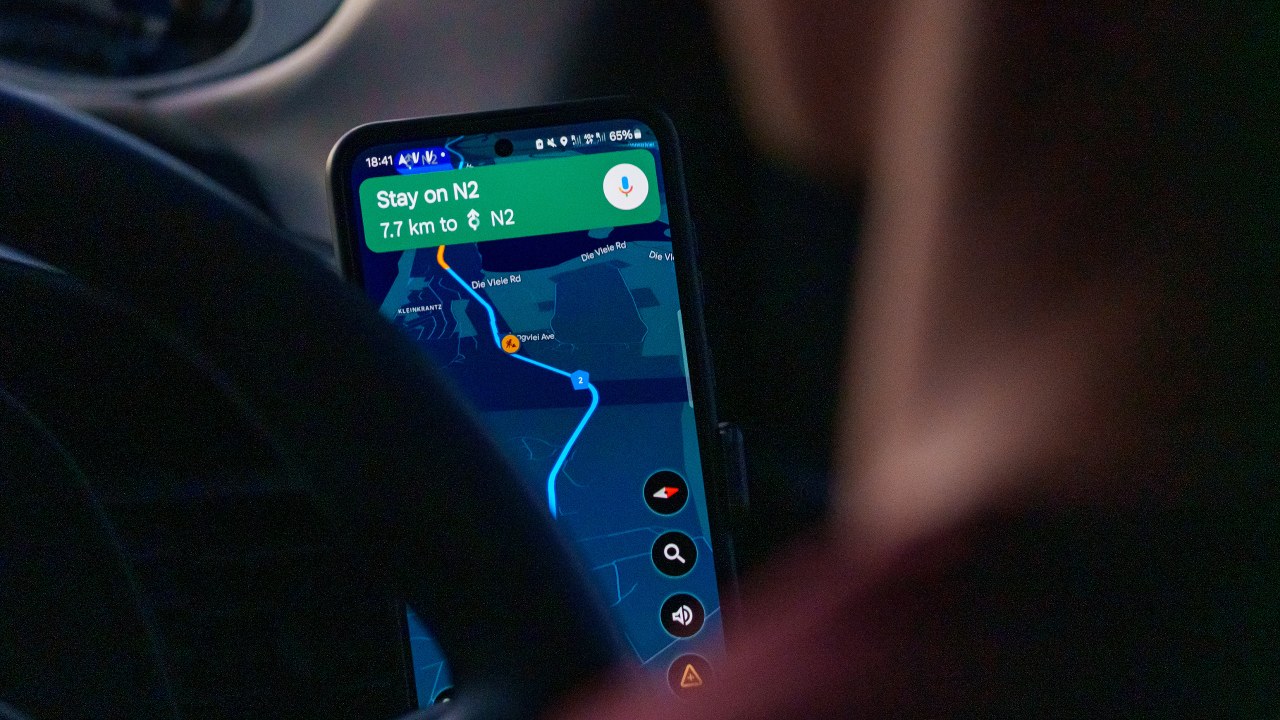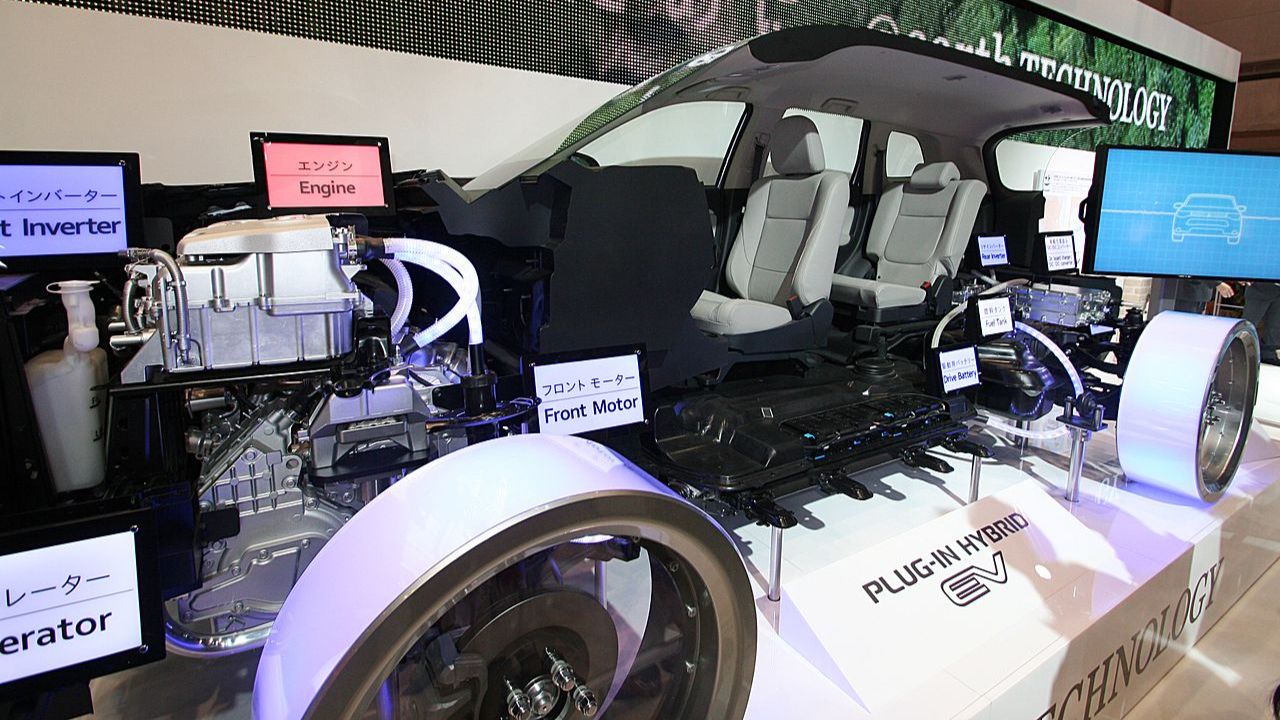As technology continues to evolve, hands-free driving is becoming more prevalent on roads around the world. While this offers many conveniences, it’s crucial for drivers to be aware of the rules and regulations that come with it. Understanding these guidelines is essential to ensure both safety and compliance in today’s increasingly automated driving environment.
Understanding Hands-Free Technology
Hands-free driving systems are designed to enhance driving comfort and safety by automating certain aspects of vehicle control. These technologies typically use a combination of sensors, cameras, and artificial intelligence to assist with tasks such as steering, speed regulation, and lane management. For instance, Tesla’s Autopilot and Ford’s BlueCruise are popular systems known for their semi-autonomous capabilities, allowing drivers to take their hands off the wheel under certain conditions.
There are various types of hands-free driving systems, each with distinct functionalities. Adaptive cruise control adjusts the vehicle’s speed based on the flow of traffic, while lane-keeping assistance helps maintain the car’s position within a lane. More advanced systems, like General Motors’ Super Cruise, allow for hands-free driving on pre-mapped highways by combining these features. However, fully autonomous systems, such as those being tested by Waymo, aim to eliminate the need for human intervention altogether.
Despite their sophistication, these systems have limitations. They might not perform optimally in complex scenarios such as poor weather conditions or unmarked roads. Thus, driver vigilance remains crucial. The 2022 fatal accident involving a Tesla Model S in California highlighted how over-reliance on hands-free technology can lead to tragic outcomes. It’s a stark reminder that these systems are aids—not replacements—for human oversight.
Legal Regulations and Requirements
Federal and state regulations governing hands-free driving vary significantly across the United States. The National Highway Traffic Safety Administration (NHTSA) provides guidelines for autonomous vehicles, but individual states can implement more specific laws. For example, California requires companies testing autonomous vehicles to report disengagements, where human drivers must take control, to ensure transparency and safety.
When it comes to licensing and insurance, hands-free driving technologies present new challenges. Some states, like Florida, have begun adapting their licensing requirements to include knowledge of autonomous vehicle operations. Meanwhile, insurance companies are grappling with how to assess risk and determine premiums for vehicles equipped with advanced driving systems. Many insurers are still determining whether these technologies reduce accident rates or introduce new types of risks.
The misuse of hands-free systems can result in significant penalties. Drivers caught using these technologies improperly, such as sleeping while the vehicle is in motion, can face fines or license suspensions. In 2021, a British man was banned from driving for 18 months after being caught using Tesla’s Autopilot to travel while in the passenger seat. This case underscores the importance of adhering to legal requirements and using hands-free technology responsibly.
Safety Considerations for Hands-Free Driving
Driver engagement is a critical aspect of safely using hands-free driving technologies. While these systems can handle some driving tasks, they are not foolproof and require the driver to remain attentive and ready to take control if necessary. The tragic 2018 Uber self-driving car accident in Arizona, where the backup driver was distracted by their phone, illustrates the potential consequences of inattention.
To enhance safety, drivers should follow recommended practices such as regularly checking system updates, familiarizing themselves with their vehicle’s specific capabilities, and keeping their hands near the wheel even when the system is active. These practices help ensure that drivers can react swiftly in unexpected situations, minimizing the risk of accidents.
There are several misconceptions about hands-free technology, such as the belief that these systems are fully autonomous or infallible. Educating drivers about the actual capabilities and limitations of these technologies is crucial to prevent overconfidence and misuse. Understanding that these systems are designed to assist rather than replace human control is key to safe operation.

Ethical and Social Implications
The advent of hands-free driving is reshaping driving culture, influencing how people perceive mobility and road safety. As more drivers adopt these technologies, there’s a shift towards valuing convenience and efficiency. However, this cultural shift raises concerns about the potential for complacency and reduced driving skills, as reliance on technology increases.
Privacy is another critical issue, as hands-free systems often collect vast amounts of data to function effectively. Companies like Tesla and Waymo gather information on driving habits, vehicle performance, and even driver behavior. While this data can enhance system safety and efficiency, it also poses privacy risks if not handled responsibly.
Accessibility and equity are important considerations in the deployment of hands-free technologies. While these systems have the potential to improve mobility for individuals with disabilities, they may also widen the accessibility gap for those who cannot afford the latest models equipped with advanced driving systems. Policymakers and manufacturers must work together to ensure equitable access to these technologies.
Future of Hands-Free Driving
The future of hands-free driving is promising, with technological advancements poised to enhance system capabilities. Innovations like vehicle-to-vehicle communication, more sophisticated AI algorithms, and improved sensor technologies will likely make hands-free systems more reliable and widespread. For example, advancements in LiDAR technology, used by companies like Waymo, promise to improve the precision of autonomous navigation.
Integrating smart infrastructure with hands-free driving systems is another exciting prospect. Future roadways could be equipped with sensors and communication networks to support autonomous vehicles, enabling smoother traffic flow and reducing accidents. Projects like the “Smart Roads” initiative in the United Kingdom are already exploring how to create infrastructure that supports these technologies.
Public perception and policy regarding hands-free driving are expected to evolve as these technologies become more common. As people become more accustomed to seeing autonomous vehicles on the road, acceptance is likely to increase. However, ensuring that regulatory frameworks keep pace with technological advancements will be crucial to maintaining public trust and safety.
Like Fast Lane Only’s content? Be sure to follow us.
Here’s more from us:
*Created with AI assistance and editor review.







Leave a Reply